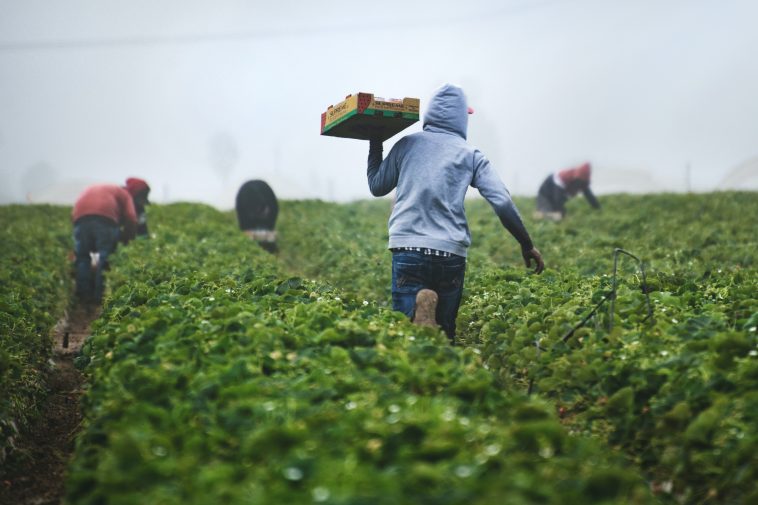Zimbabwe’s smallholders, especially those within city limits, are increasingly producing the bulk of locally grown produce, but lack of mechanisation, such as tractors, is limiting their ambitions.
Tractor hire is quite expensive, while the promised free mechanisation provided by government has not reached some urban and peri-urban farmers, and Titus Hadebe knows this only too well.
Titus maintains a two-acre plot just outside Bulawayo where he plants maize, groundnuts, pumpkins, and sweet potatoes.
But working the land has become a pain, he says.
“I have parts of the plot fallow as I cannot afford to till with my bare hands. I used to hire a donkey drawn harrow, but I would prefer a tractor.
It turns the soil deeper than anything else,” Titus admits, his bent sixty something years old spine a sign of years of working the hard earth.
This has meant reduced planting and reduced yields, at a time smallholders are increasingly touted as the panacea to domestic food insecurity.
Hiring a tractor costs an arm and a leg: tilling one acre can cost up to USD60, in a country where millions live below the poverty line, with inflation eating into the little, if any, savings families manage to keep.
“Very few people can afford that. If you have that kind of money you use it for other things such as food and bills,” Titus says, highlighting the dilemma smallholders find themselves in.
The Ministry of Agriculture is providing inputs to smallholders, assisting farmers prepare their land with tractors, but for urban and peri-urban farmers such as Titus Hadebe, such assistance is yet to reach them.
“I know I could do better if I prepared all the land, what I need is constant support with inputs. And a tractor is one of them. Then I can worry about other things as long as the land is ready for planting,” Titus adds.
The country has to understand the impact of mechanisation to realise its food sufficiency ambitions as it sets to build a multi-billion dollar agro-industry.
The country has benefitted from the support of countries such as Belarus which has provided tractors and combine harvesters, along with other industrial farming equipment worth millions of dollars, while global agriculture mechanisation behemoths such as John Deere have partnered with government to boost the sector.
However, it is the model of that support that is leaving behind some smallholders such as Titus.
According to the agriculture ministry, the farm mechanisation programme will benefit farmers who can access bank loans, when smallholders have long been denied financial support because they lack collateral.
The ministry will also identify selected farmers “most suitable for mechanisation”.
“Very few of us can afford loans to buy our own equipment,” says Titus, effectively meaning he is excluded from the mechanisation drive despite reports that some of the tractors are provided for free to smallholders to assist farmers prepare their land for planting.
“There is still more that smallholders can achieve relating to food security.
What is required is for all these advertised developments about tractors to reach where they are needed the most,” said Mbongeni Ncube, an independent development studies researcher.
“The problem is that sometimes the push for agriculture growth is concentrated on large-scale production where farmers already have access to agro-finance, when it is the urban and peri-urban farmers who can add to the country’s food production trajectory,” Mbongeni said.
According to John Bhasera, the Agriculture Permanent Secretary: “One of the major constraints to the expansion and modernisation of agriculture is the low level and limited use of mechanisation, especially by smallholder farmers.”
For now, farmers such as Titus watch as their land remains underdeveloped and hope to expand their agriculture activity with support from relevant authorities.
References:
https://www.herald.co.zw/mechanisation-secret-weapon-to-stimulateagric-growth/
https://www.cimmyt.org/news/turning-the-mechanization-wheelson-zimbabwes-small-scale-farms/
https://www.sundaymail.co.zw/understanding-the-mechanisationthrust








